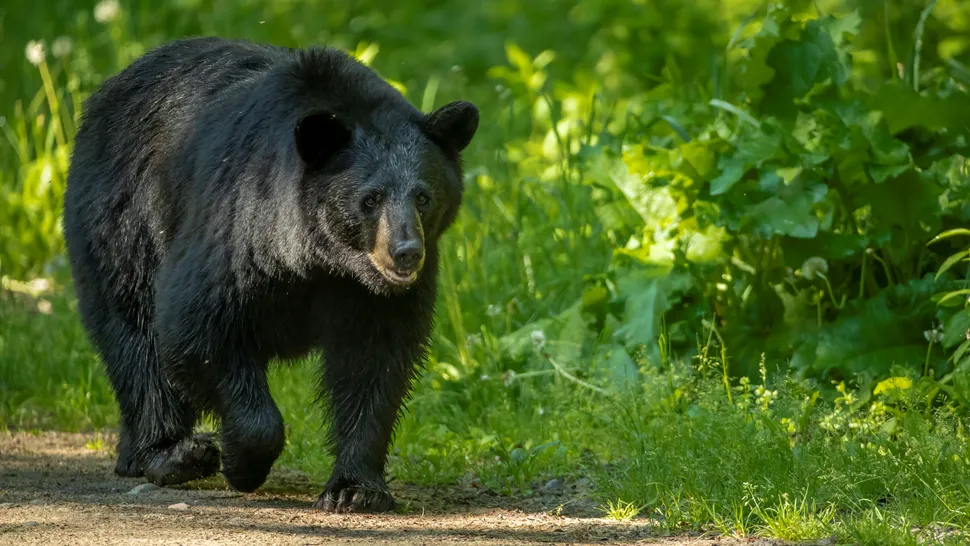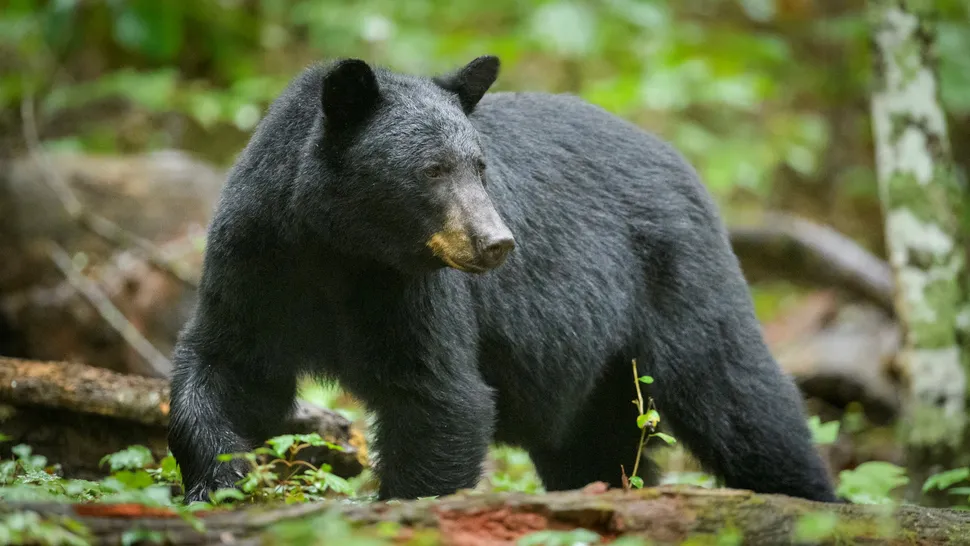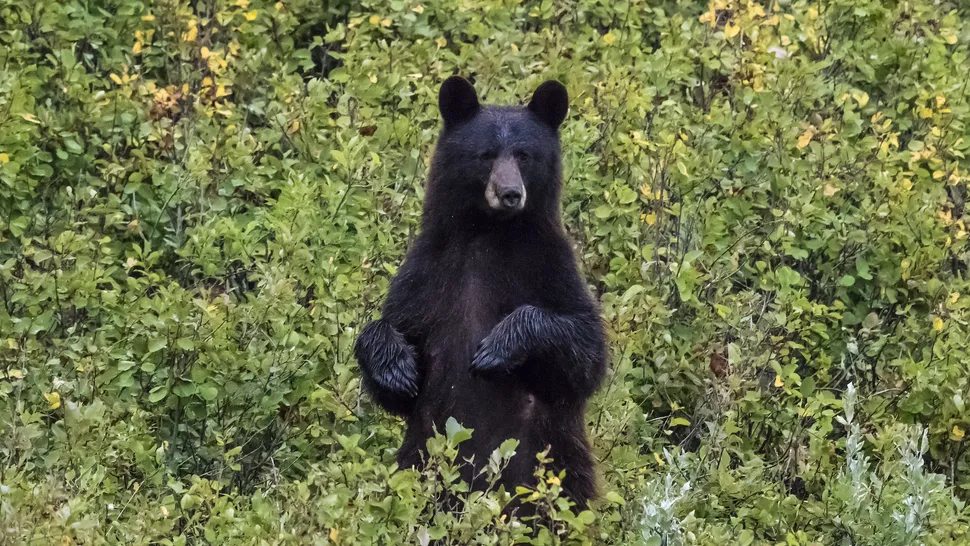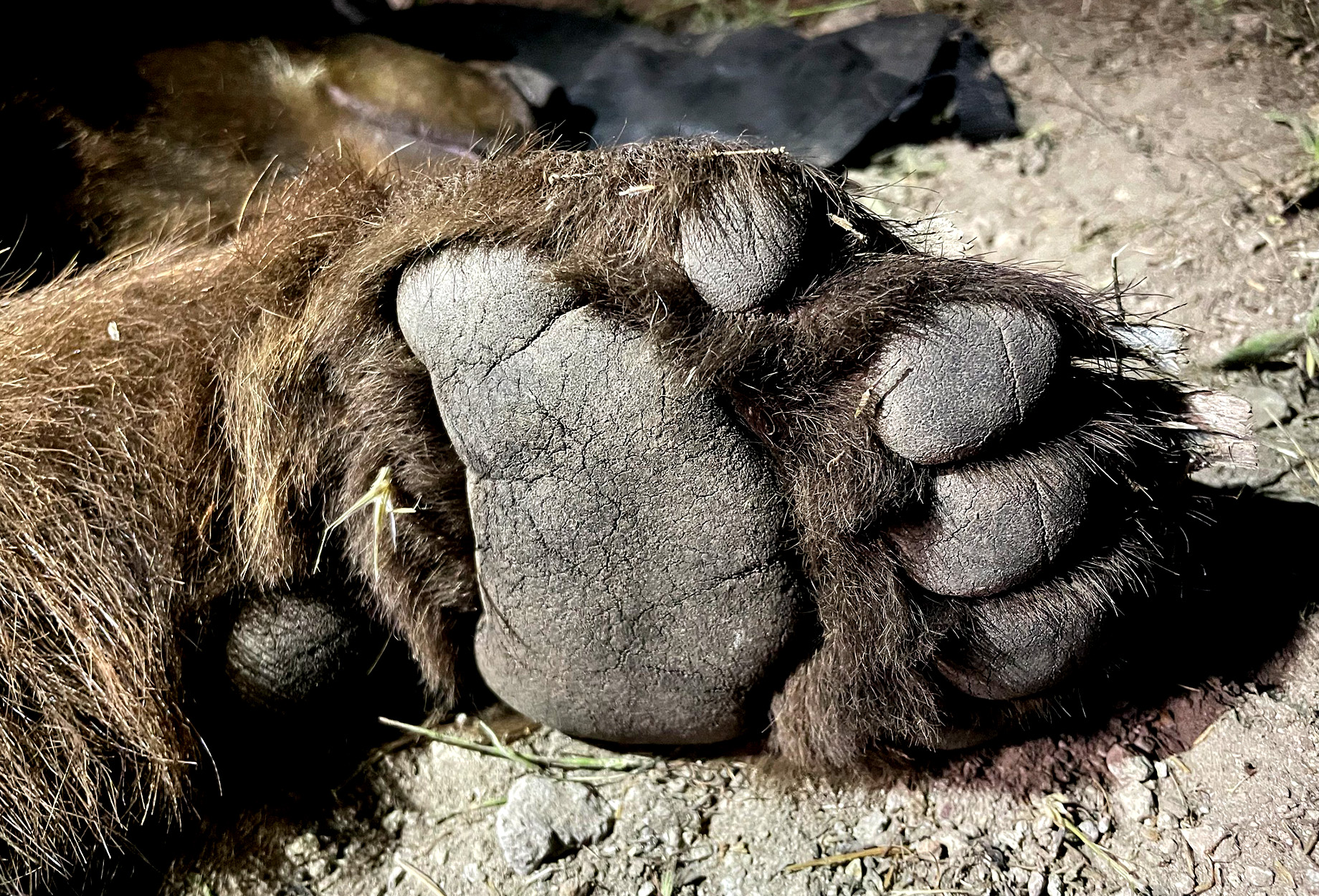A diabetic hiker who spent the night in Colorado’s backcountry and nearly ran out of life-saving medication says she panicked when she was charged by a bear and became lost.
According to Alamosa Volunteer Search And Rescue, the out-of-state woman was hiking at Zapata Falls in the San Luis Valley on August 12 with a partner. She wanted to continue hiking beyond the falls, but her partner did not feel comfortable and stayed behind. After an unspecified amount of time, the partner contacted mountain rescue and reported the woman as overdue.
“The hiker’s phone and insulin pump both had depleted batteries and were unable to be reached remotely,” reports the AVSAR, who describe the woman as fairly athletic, “but not experienced enough or prepared to spend a night in the wilderness.”
The woman’s medical condition in addition to the rugged terrain, threat of impending weather and her choice of clothing – she was dressed in shorts, a halter top, a red hoodie and carrying only a small hydration pack – an immediate and extensive response was enacted.
Search teams scoured the area on foot and by drone until nightfall, but the only potential clue they uncovered was “a peculiarly behaving bear in the vicinity of the subject’s last known location,” which they monitored until it got dark.

Once dark conditions made searching unfeasible, crews continued their work back at base using cell phone forensics, despite the odds being stacked against the ill-equipped hiker.
“At times the daunting situational elements made the possibility of a positive outcome unrealistic,” writes the team.
The following morning, divers were deployed to the waterfall to search underwater, but at 11 a.m. the subject was spotted by a drone pilot thanks to her bright red hoodie. A rescue dog made first contact with the woman before crews reached her on foot. She told them that after intentionally separating from her partner, she came face-to-face with a “large” black bear approximately two meters away.
“The subject was reportedly charged and chased for a short bit, and then she continued to flee in panic farther up the mountain and into the wilderness, quickly becoming lost and disoriented.”
Fortunately, the hiker had brought a bottle of 50 glucose pills to maintain her blood sugar levels, though she told rescuers she was down to her last two. Despite the severity of the situation, her only injuries were sunburn and dehydration, and she was able to hike to safety.
Staying safe in bear country
Rescue crews point to the quick and coordinated response of their volunteers in addition to the woman’s choice of wearing a bright red hoodie, which meant she was visible. They remind hikers to always make yourself searchable, and to avoid some of the mistakes made in this case with the following advice:
- If you become lost in the wilderness, stay put. Do not attempt to continue farther into dangerous terrain. The farther you venture from your last known position, the more difficult it becomes for rescuers to find you.
- Always carry the 10 hiking essentials, even if you’re only planning on a short day hike, including: some sort of emergency blanket for warmth, a signaling device like a Garmin InReach, and a firestarter to help rescuers find you. Carry an ample supply of personal medication, more than you think you may need.
- Know what to do if you meet a bear and understand local wildlife and wildlife safety. Black bears are primarily scavengers, and while they may chase you off from their territory, they are highly unlikely to pursue or hunt you. Carry bear spray to use in defense as a last resort.
Remember that it’s always safest to hike with others, and if your partner wants to turn back early, you should remain with them and complete your desired a hike another day.
This article by Julia Clarke was first published by Advnture on 20 August 2024. Lead Image: The woman tells rescuers the large bear charged at her, causing her to panic (Image credit: Getty).
What you can do
Help to save wildlife by donating as little as $1 – It only takes a minute.







Leave a Reply